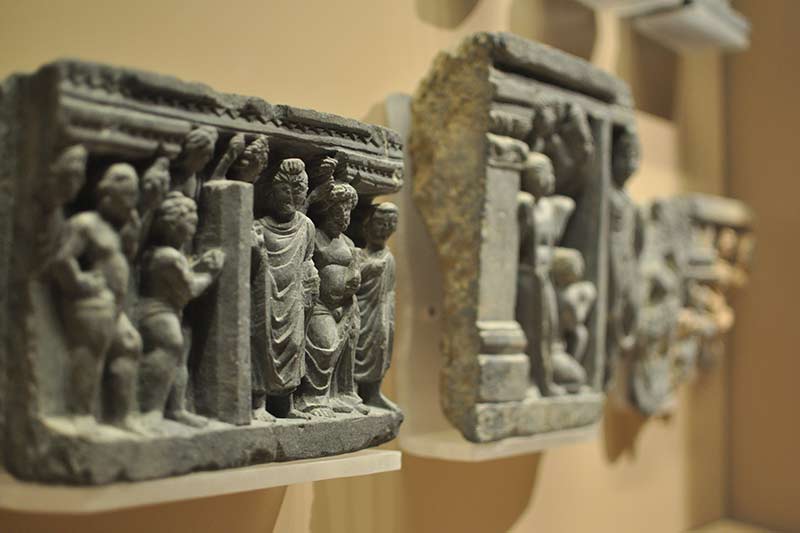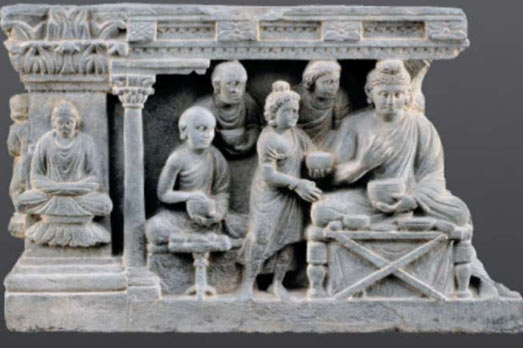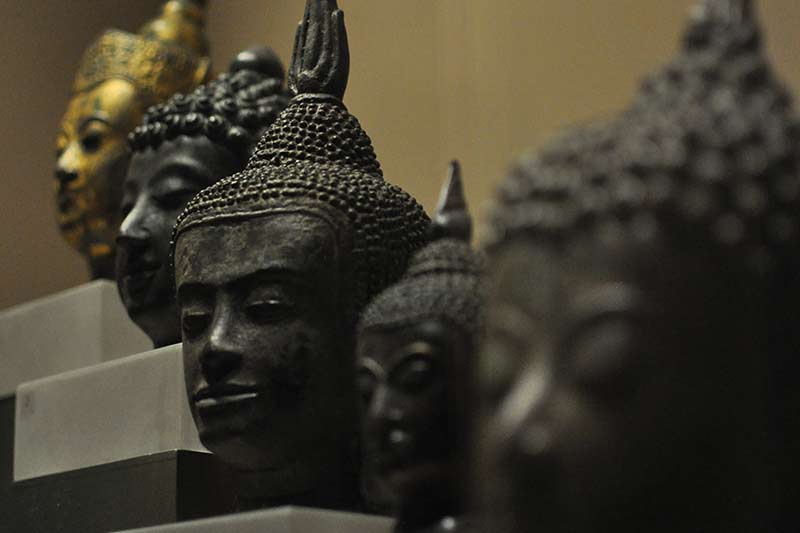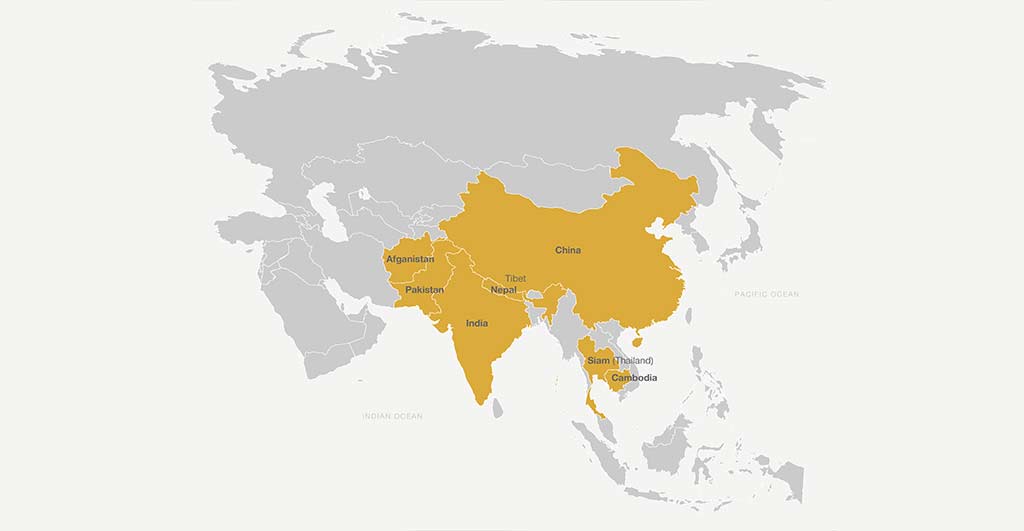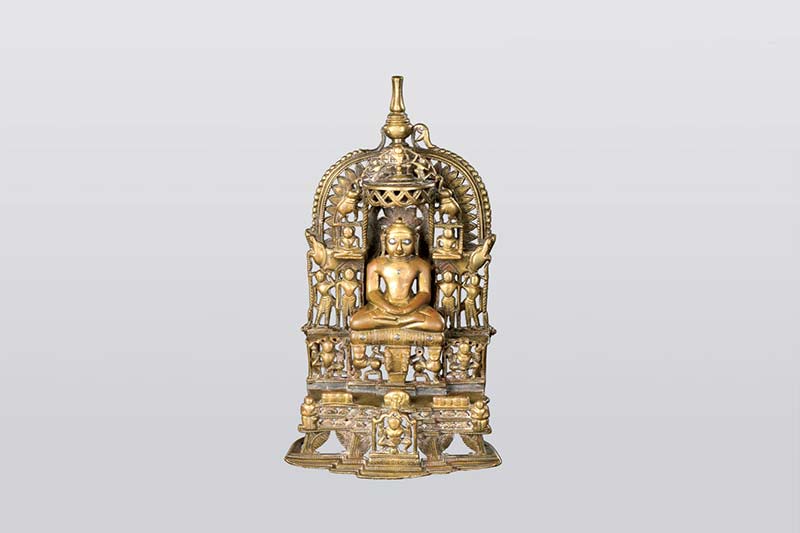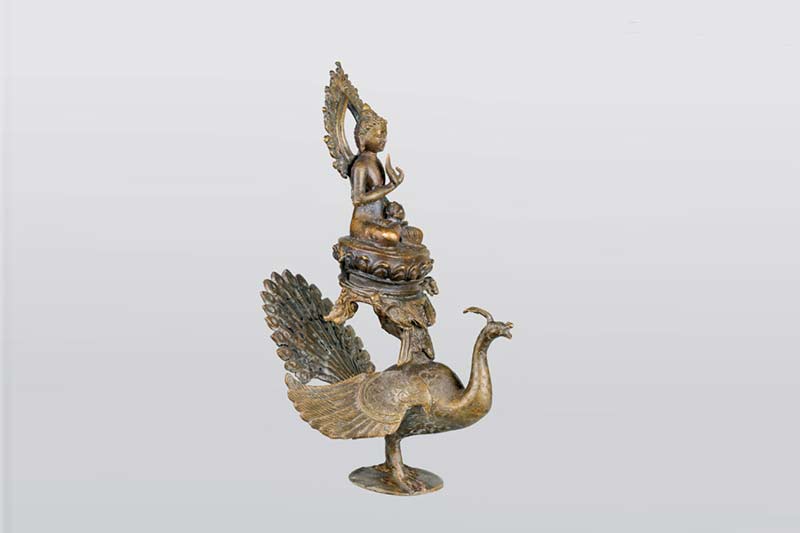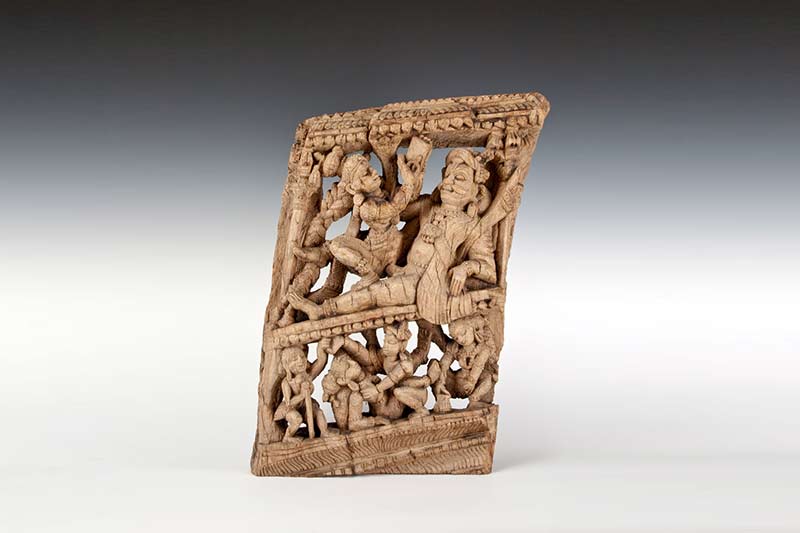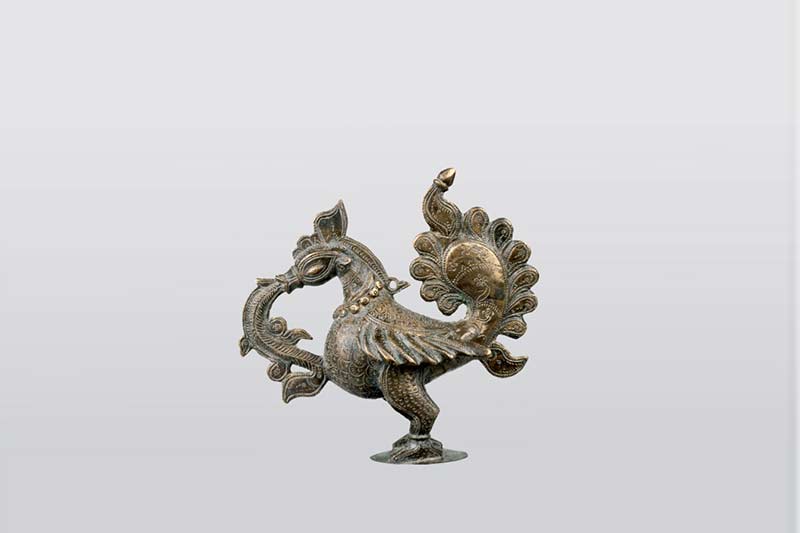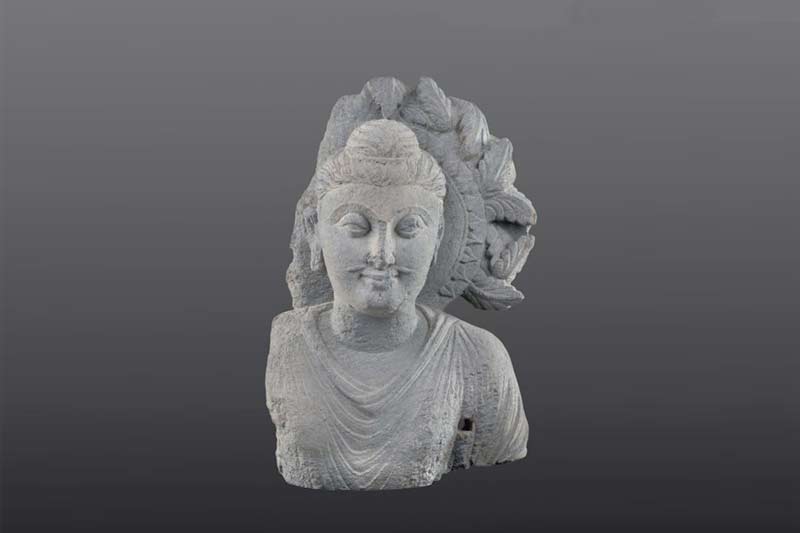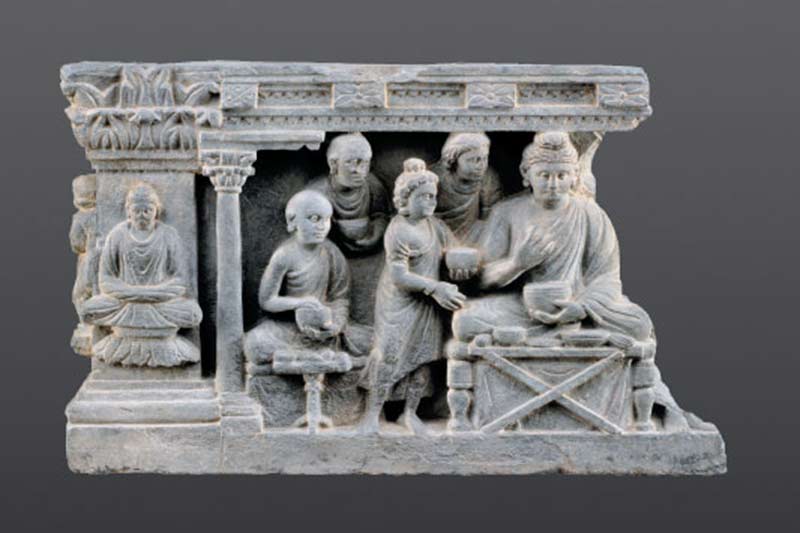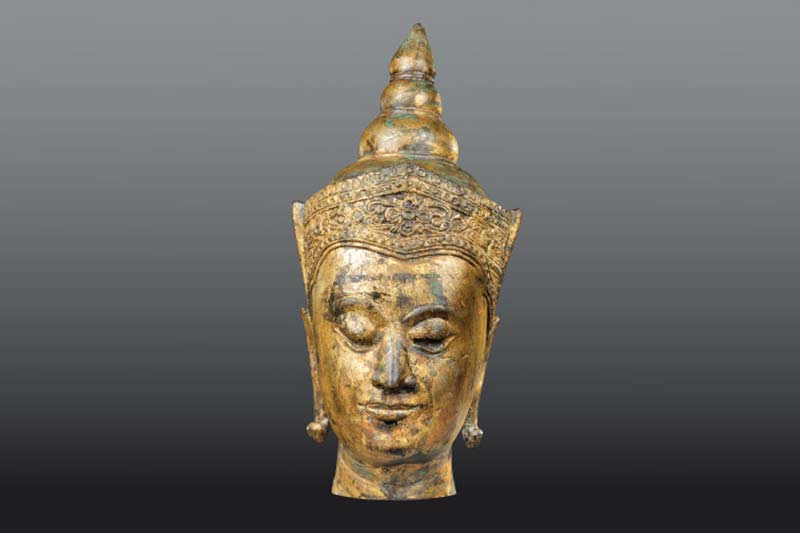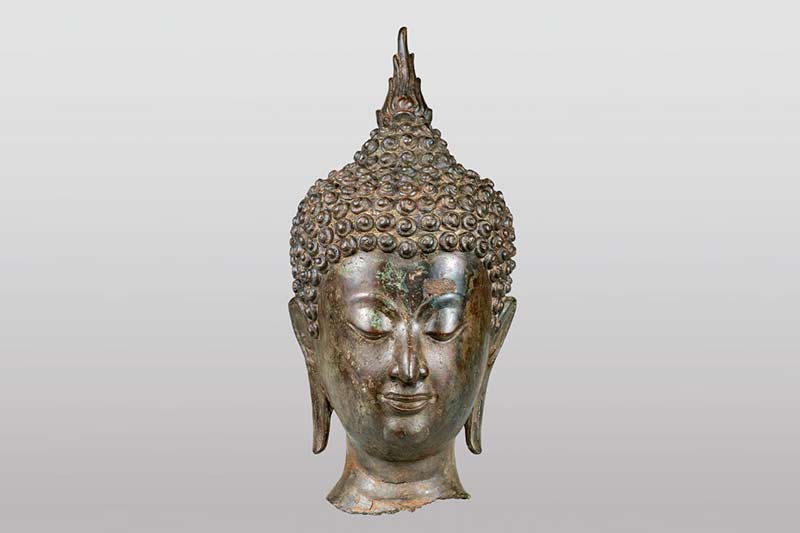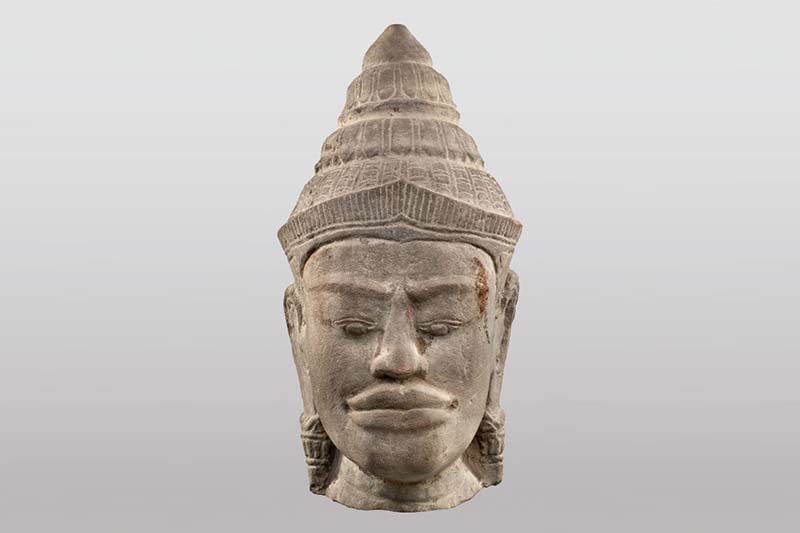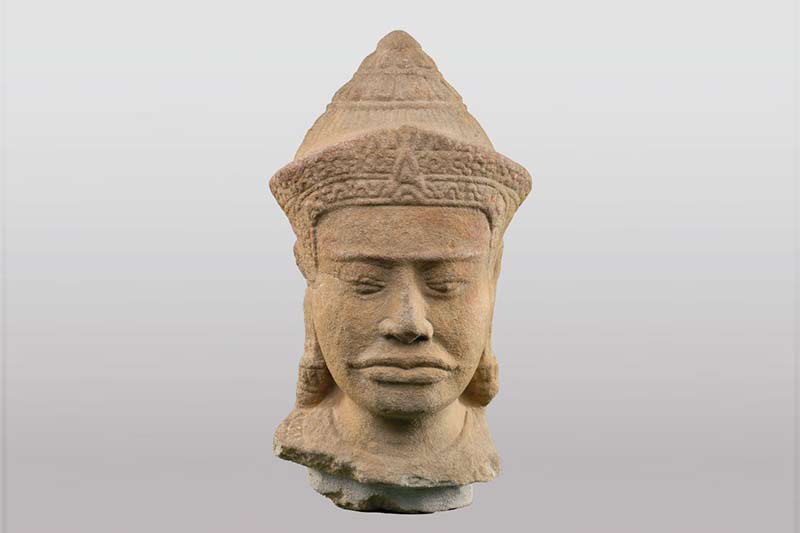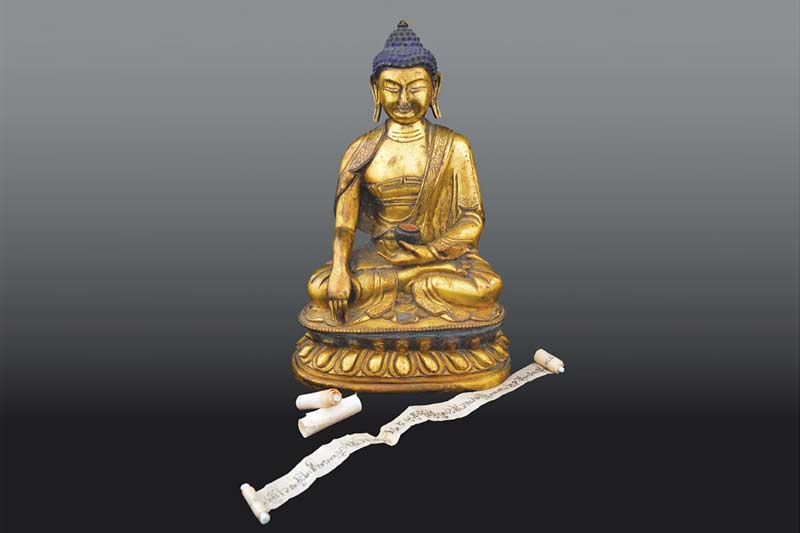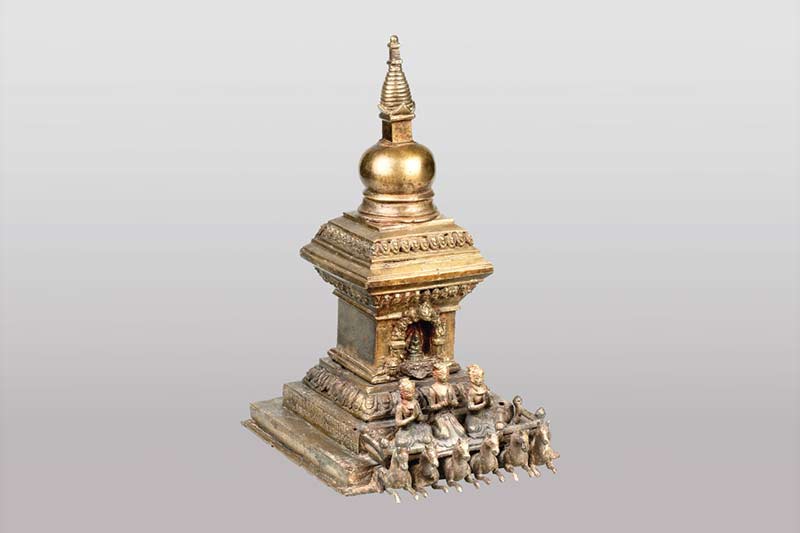The art of Southeast Asia, with works from the Hatzivassiliou collection comes from India, Gandhara, Siam, Cambodia, Nepal and Tibet. The exhibits are religious figurines of stone, bronze, gold plated brass with precious stones and wood, and painted ceremonial flags. They trace the birth of Hinduism, Jainism and Buddhism in India and the subsequent spread of Buddhism into the surrounding areas. Additionally, the influence of Hellenistic art in the development of early Buddhist iconography and sculpture is examined.
The art of Southeast Asia is exhibited in the west wing of the first floor of the Museum.


